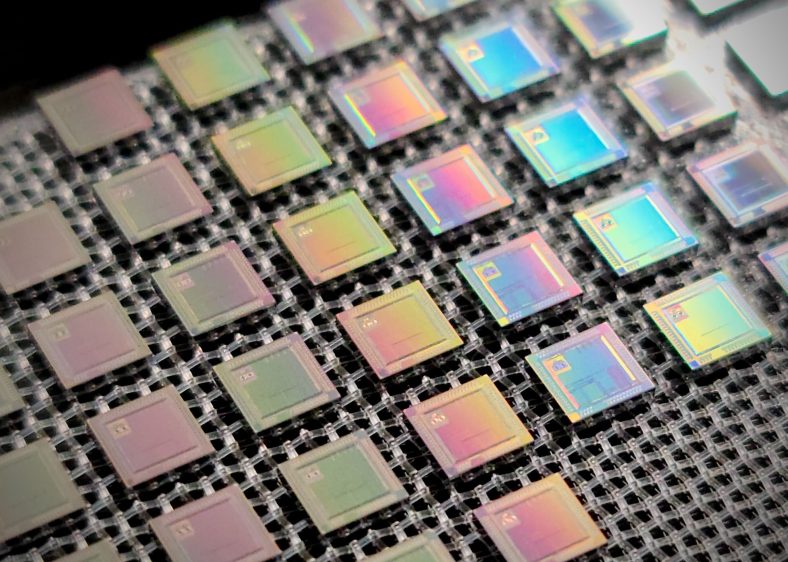Method for Efficient Large-Scale Cryogenic Characterization of CMOS Technologies

NPL and Quantum Motion have published a study in IEEE Transactions on Instrumentation and Measurement, which reports the test of thousands of silicon transistors at cryogenic temperatures, revealing the behavioural changes that must be accounted for in chips targeting quantum computing applications.
The quantum computing field needs to move from research systems with a few qubits (10-100 presently) towards the numbers needed to exploit quantum computing fully (100,000+). Cryogenic chips that can control and interface with large number of qubits will be essential. This can only be developed after the detailed groundwork on device behaviour at low temperature. NPL and Quantum Motion’s study explains how this has been performed using a custom test chip designed by Quantum Motion.
The study demonstrates an efficient way to collect the data used for the modelling and simulation needed for new chip designs. It explains how the electrical characteristics of thousands of devices can be collected using an on-chip multiplexer. This is essentially a huge switching system used to select which device in an array is connected to the external measurement lines. This can be used to survey the operational parameters of devices of different designs, and the reproducibility in copies of the device of the same nominal design. The multiplexer method is faster than traditional cryogenic device testing using probe stations (i.e. needle contacts touching the device) or cooling down small numbers of devices with fixed measurement leads.
The collaboration between those two organisations grew from a small Measurement for Quantum project to a larger collaboration as part of a multi-partner Innovate UK project funded by the National Quantum Technologies Programme, ISCF “Altnaharra” project and led by Quantum Motion. This brought together Quantum Motion’s expertise in circuit design and the cryogenic measurement capabilities developed in NPL’s quantum programme to generate valuable semiconductor device technology, a focus area for the UK.
Jonathan Eastoe, NPL scientist, said: “I’m thrilled to have my first scientific paper as first author published. The work conducted in this project tackles a key bottleneck faced across the quantum industry and I’m excited to see what the work will lead to going forward. Working with Quantum Motion and their devices has been a valuable learning experience for me. It’s great to be involved in such a productive collaboration.”
Grayson Noah, Quantum Motion’s lead Integrated Circuit Validation Engineer, said: “Having our cryogenic test system measured by the same institution that maintains the UK’s primary measurement standards provides an unmatched level of confidence in the quality and consistency of the data we’re using to develop our cryogenic device models.”
Research paper: https://ieeexplore.ieee.org/document/10752541
